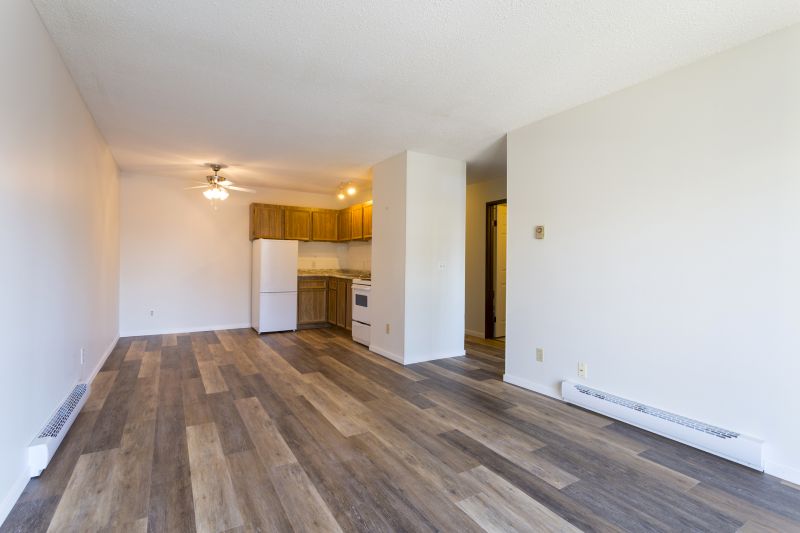Popular Baseboard Heater Installation Products For Easy Setup
Discover must-have items that simplify the installation process and ensure optimal performance of your heating system.
 Installing baseboard heaters requires a careful selection of compatible products to ensure safety, efficiency, and ease of installation. Whether upgrading existing heating systems or installing new units, understanding the range of available accessories and components is essential. From mounting brackets and wiring kits to thermostats and control valves, the right products can streamline the installation process and improve the overall performance of your heating setup. It's important to consider compatibility with your existing electrical system and the specific requirements of your space to achieve optimal results.
Installing baseboard heaters requires a careful selection of compatible products to ensure safety, efficiency, and ease of installation. Whether upgrading existing heating systems or installing new units, understanding the range of available accessories and components is essential. From mounting brackets and wiring kits to thermostats and control valves, the right products can streamline the installation process and improve the overall performance of your heating setup. It's important to consider compatibility with your existing electrical system and the specific requirements of your space to achieve optimal results.
Top Overall Option
Universal Baseboard Heater Mounting Kit
A versatile mounting kit designed to fit a wide range of baseboard heaters, providing secure installation and easy access for maintenance. It includes adjustable brackets, corrosion-resistant hardware, and detailed instructions, making it suitable for both DIY projects and professional setups. Its adaptable design helps ensure compatibility with various heater sizes and wall types, promoting a stable and safe installation.
Types of Products For Baseboard Heater Installations
Mounting Brackets
Supportive hardware that secures heaters to walls, available in adjustable and fixed options to accommodate different wall thicknesses and heater sizes.
Wiring Kits
Complete wiring solutions including cables, connectors, and terminals designed for safe and reliable electrical connections.
Thermostats
Control devices that regulate heater temperature, ranging from manual dial types to programmable digital units.
Control Valves
Valves used to control water flow in hydronic systems, enabling zone control and temperature regulation.
Protective Covers
Safety covers that prevent accidental contact with hot surfaces and protect components from dust and damage.
Thermal Cutoff Switches
Safety devices that shut off power if the heater overheats, reducing risk of fire or damage.
Zone Control Panels
Systems that allow independent control of multiple heating zones within a building for customized comfort.
Electrical Connectors
Connectors that facilitate secure electrical connections between wiring components and heaters.
Mounting Hardware
Additional hardware such as screws, anchors, and spacers designed for secure installation.
Insulation Kits
Insulation materials to improve efficiency and reduce heat loss around the heater installation area.
Sensor Modules
Temperature sensors that work with thermostats to provide accurate control and comfort.
Remote Controls
Wireless remote controls for convenient operation of thermostats and control units.
Drain Valves
Valves used in hydronic systems to drain or flush the system during maintenance or upgrades.
Flow Regulators
Devices that help maintain consistent water flow in hydronic baseboard heating systems.
Leak Detectors
Sensors that detect leaks in hydronic systems to prevent water damage and system failure.
Popular Choices
Widely used for their flexibility and compatibility with various heater models and wall types.
Popular for precise temperature control and programmable features, suitable for modern installations.
Pre-assembled wiring kits favored for ease of installation and consistent electrical connections.
Trending for their ability to independently manage multiple heating zones within a building.
Common safety components that help prevent overheating and electrical faults.
Popular protective covers that enhance safety and aesthetic appeal.
Frequently chosen for hydronic systems to regulate water flow and temperature zones.
Convenient for users to adjust temperature settings from a distance, gaining popularity in smart home setups.
Increasingly common in hydronic systems to monitor for water leaks and prevent damage.
Popular for improving energy efficiency by insulating pipes and heater components.
Baseboard heater installation products come in a variety of forms designed to meet different needs. Some components focus on safety, such as thermal cutoff switches and protective covers, while others enhance functionality, like programmable thermostats and zone control panels. Quality connectors, wiring harnesses, and mounting hardware are also critical to ensure a secure and reliable installation. Proper selection of these products can help prevent common issues like uneven heating, electrical faults, or damage over time.
When choosing products for baseboard heater installation, attention to detail is key. Compatibility with your heater model, ease of installation, and durability are crucial factors. Many products are designed to fit standard sizes and wiring configurations, making the process more straightforward for DIY enthusiasts and professionals alike. Additionally, considering the ease of access for maintenance and future upgrades can save time and effort down the line. Investing in high-quality components can contribute to a safer, more efficient heating system tailored to your specific needs.
Key Buying Considerations
- Compatibility with your specific heater model and system type (electric or hydronic).
- Ease of installation, especially if you plan to do a DIY setup.
- Durability and material quality to withstand heat and potential environmental factors.
- Safety features such as thermal cutoffs and protective covers.
- Adjustability of mounting hardware to fit different wall thicknesses and heater sizes.
- Compatibility with existing electrical wiring and control systems.
- Availability of additional features like programmable settings or remote controls.
- Ease of access for maintenance and future upgrades.
- System capacity and whether the product supports your desired heating zones.
- Compliance with local electrical codes and safety standards.
- Customer reviews and ratings for insights into real-world performance.
- Warranty and customer support options.
- Cost-effectiveness considering long-term durability and functionality.
- Brand reputation and availability of replacement parts.
- Energy efficiency features that may influence overall operating costs.
